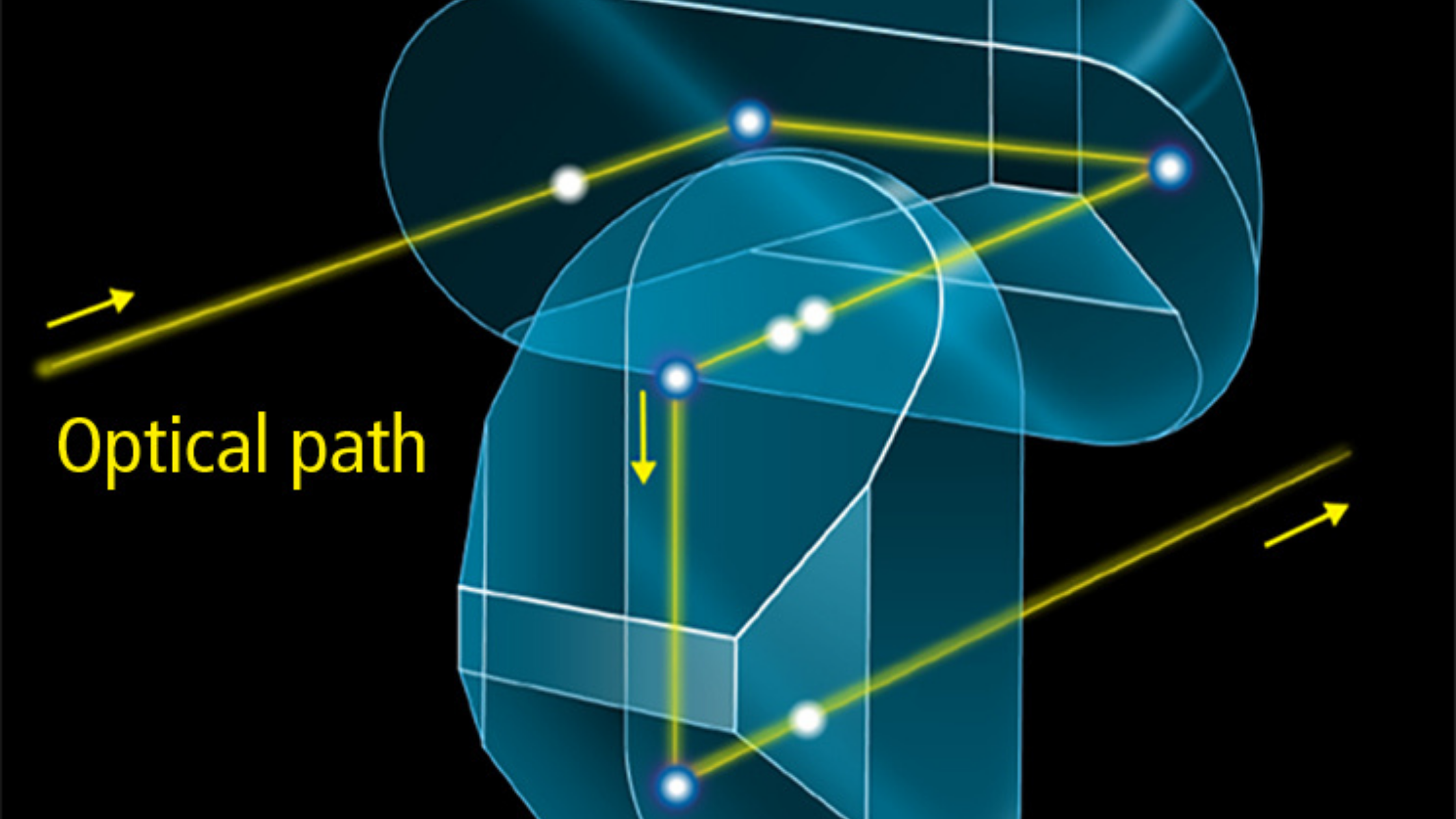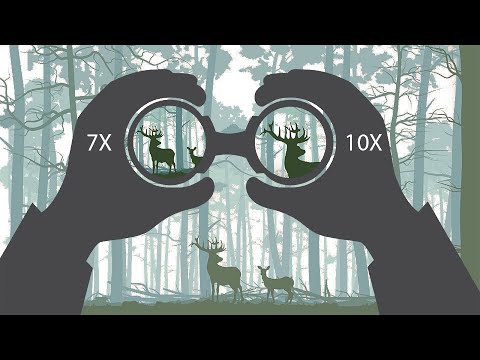There is a vast improvement in technology as humans have developed modern tools and equipment to make outlandish things occur. Here the subject matter we are conversing about is binoculars, a very beneficial instrument that enables us to capture the images of distant objects very smoothly without moving a single force.
It is a very complex tool but have you ever imagined how it works? In which method does it magnify the object clearly with its impressive lenses?
To understand the functions of binoculars, you must have a profound clarity of the system’s optical parts, which is known as Eyepiece, Prisms, or objective lens.
Let’s look at how the lenses and magnification of the binoculars function as per the optics rule and other factors contributing to getting the crystal clear picture.
Working of Binoculars
Light Refraction
This instrument is mounted using two telescopes adjacent to one another.
Lenses and light refraction are both interlinked to each other. In contrast, refraction refers to the direction of light that curves from air to different materials, such as water or glass.
Binoculars help to control the light by modifying the objective lens.
Magnification & Lenses
Another factor plays a decisive role here. In a convex lens similar to the objective lens, the middle is thicker than the edges. It forces the light to refract towards the center, enabling the lenses to concentrate distant light rays to a tinier image.
The eyepiece lens acts like a magnifying glass which helps in enlarging the smaller image to a larger one with absolute clarity. The lens takes the impression of the image with the help of an objective lens and magnifies the same for the splendid viewing experience.
Prisms & Image Correction
You may find some difficulties while using convex lenses to refract light. At the time of light refraction, there are possibilities of the cross-over of light rays, resulting in an inaccurate image. The eyepiece of the lens doesn’t take care of such a problem; thus, the prisms are installed into the binoculars to rotate the idea for the eyes.
The prisms are nothing but the big wedges of glass that helps in rotating and reflecting the image. Using two prisms is necessary to turn the image to 180 degrees, which means each prism rotates the image to 90 degrees.
The binoculars comprise two prisms in each tube to rectify the image. It would have been clear that there is a total of four prisms in each set of binoculars.
In short, the binoculars utilize prisms to repair a reversed image tossed by the objective lens.
There are two types of prism binoculars: Roof prism type and Porro prism. Roof prisms are also familiar with the other name, “Dach Prism.”
Porro Prism
Ignazio Porro initiated the invention of the Porro prism in Italy. Such binoculars are easy to manufacture due to their reflective surface, which relinquishes no light. The Porro binoculars are positioned horizontally beside each other at 90 degrees. This placement enables the image to refract the light from one prism to another.
This invention is quite ancient, but people have been using this technique for many years. The main point is that these prisms are very heavy and oversized. The best part is that the Porro prisms are affordable and easier to produce.
There is more probability of the misalignment of such binoculars. The Porro prims can be destroyed very quickly compared to the roof prims. You may not find such binoculars water and weatherproof.
Roof Prism
Unlike Porro prisms, Roof prisms are positioned in a straight line rather than placing it side by side. This technique allows the making of streamlined and compact binoculars.
The roof prims do not linearly take the light; instead, the path is much more complex, and it follows a more extended focal path which provides significant magnification.
They are harder to develop, indicating that these binoculars are more pricey. It is the value for money deal as the prims are more durable, and there are no possibilities of the prism misalignment.
Focus
Another essential factor in most binoculars is the large center ring that can rotate to focus the barrels simultaneously. With this, you can instantly focus on the subject image to get a crisp, clear vision without any problem.
The diopter adjustment ring is available in many binoculars, enabling you to concentrate on one barrel. It makes you get the most brilliant images.
Field of View
Field of view depicts how much room you are considering. If the magnification is higher, the field of view will be smaller as you are already zoomed in with higher magnification, but you’ll get a more detailed picture.
Similarly, if the magnification is lower, you might not view much detail, but you will be taking more field of view.
A larger field of view is terrific for finding targets that are tough to spot. It is an ideal choice for hunting, birding, nature watching, etc.
With a small field of view, you will get a detailed look at a small area that is excellent for surveillance actions.
Eye Relief
You are supposed to hold the binoculars at a short distance to view the entire field rather than sticking to the eyepiece directly against your eyes. Eye Relief is the proper space you are about to hold them from your sight.
It is imperative to wear specs or other wear for glasses wearers.
Conclusion
You can view those things beyond your limitations with binoculars, which makes you more excited and fascinated.
In short, the technology used in developing binoculars is incredible. Nothing can stop you from moving ahead and attaining the objectives with the objective lenses, refraction of light, and its prims.




